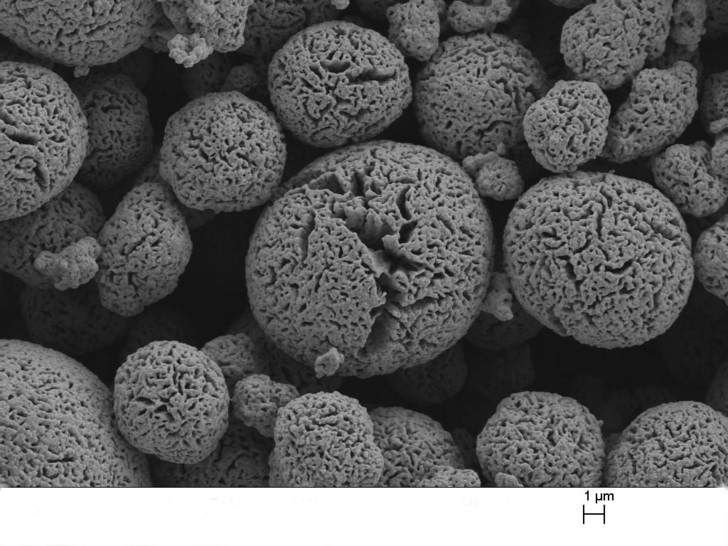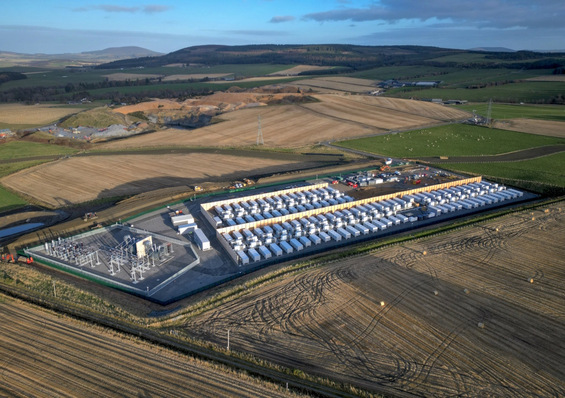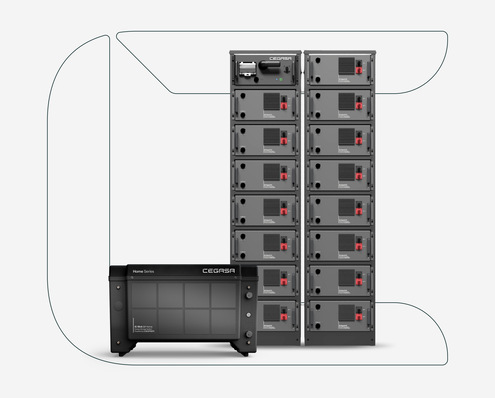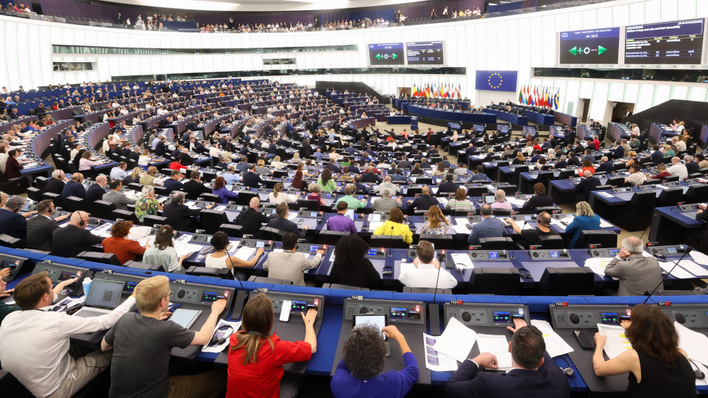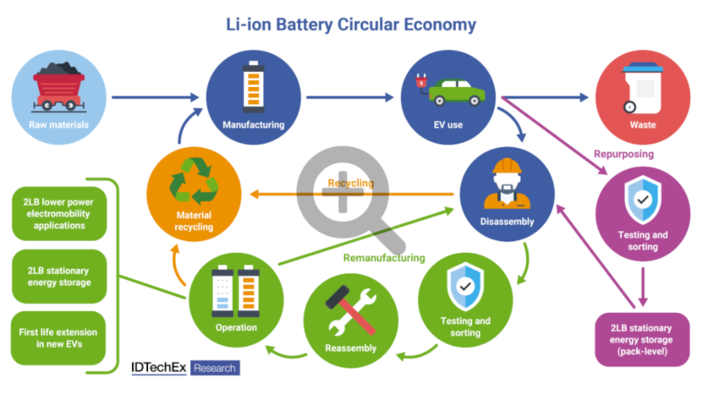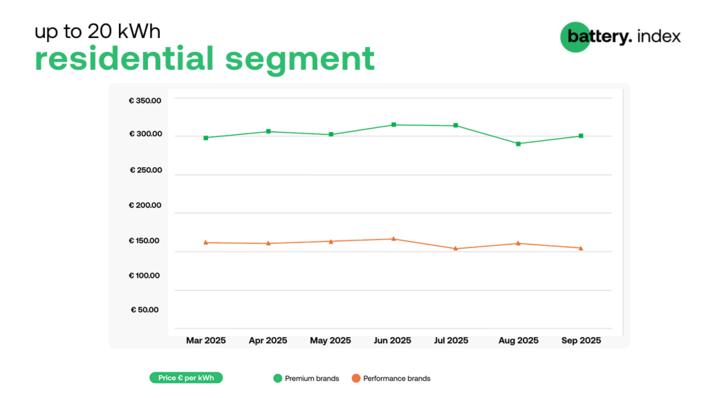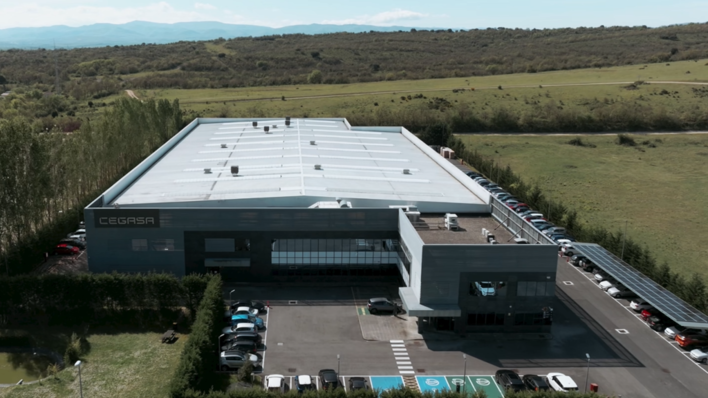Ultra-high capacity energy storage systems are able to load and deliver a great deal of energy in a very short time. Many industrial applications as well as hybrid vehicles can benefit from this capability. Scientists at the Centre for Solar Energy and Hydrogen Research in Baden-Wuerttemberg (ZSW) recently developed electrodes for novel power storage elements that can cut charge and discharge time to three seconds.
Water-based, non-flammable electrolyte
The electrodes feature a nanostructured surface that made this leap in performance possible. Researchers used a water-based, non-flammable solution for the electrolyte, so this storage element can handle high and low temperatures. The ZSW achieved these results as part of the FastStorage BW II research project, which the state of Baden-Württemberg is funding with a €3 million grant.
High-performance capacitors
Efforts to maximize electrical vehicles' range focus on optimizing lithium-ion batteries' energy density. However, forklifts, hybrid cars and the like require electrical power to be loaded and delivered at very short notice. High-performance capacitors are the preferred option for this sort of application. Also called supercapacitors, ultracapacitors and electrochemical double-layer capacitors, these elements can be charged and discharged much faster than lithium batteries.
Safer cells
An energy storage device's performance is determined by the electrodes' underlying technology. For this newly developed element, ZSW researchers chose nanostructured nickel, manufactured in a special process and coated with nickel hydroxide, as the active material for the positive electrode. They coated the negative electrode with commercial activated carbon rather than with metal hydride. An aqueous potassium hydroxide solution serves as the electrolyte. Unlike supercondensers' organic electrolytes, it is not combustible, which makes this cell that much safer.
C rate close to 1,200
The first demo cell has already been made. "Its C rate, or discharge rate, is close to 1,200," says Prof. Werner Tillmetz, a member of ZSW's board of directors and head of the Electrochemical Energy Technologies division. "The new storage element is thus able to deliver its entire capacity within roughly three seconds." With a C rate typically in the single-digit range, lithium-ion batteries come nowhere near this performance.
Nanostructuring to enhance electrodes
The scientists achieved this technological advance with the benefit of the new electrodes' nanostructure. The microstructured surface of the conventional storage element used to date has a lot less area than the ZSW material's nanostructured surface, which is 100 to 1,000 times greater. The finer structuring has an enormous impact, vastly increasing the surface area and enabling charge carriers to be transferred much faster and with less resistance.
"The cell was produced by way of conventional blade-coating on a laboratory scale," explains Tillmetz. "The manufacturing process can be easily scaled up to produce large-area cells, so the production of prototypes isn't far off." The FastStorage BW II project is still underway and will run until the end of 2017. (HCN)
More useful information about energy storage
Stay informed, get our free newsletter twice a week. Register here: http://www.pveurope.eu/Newsletter
Related news:
https://www.pveurope.eu/solar-storage/energy-storage-our-insight-stories-glance


